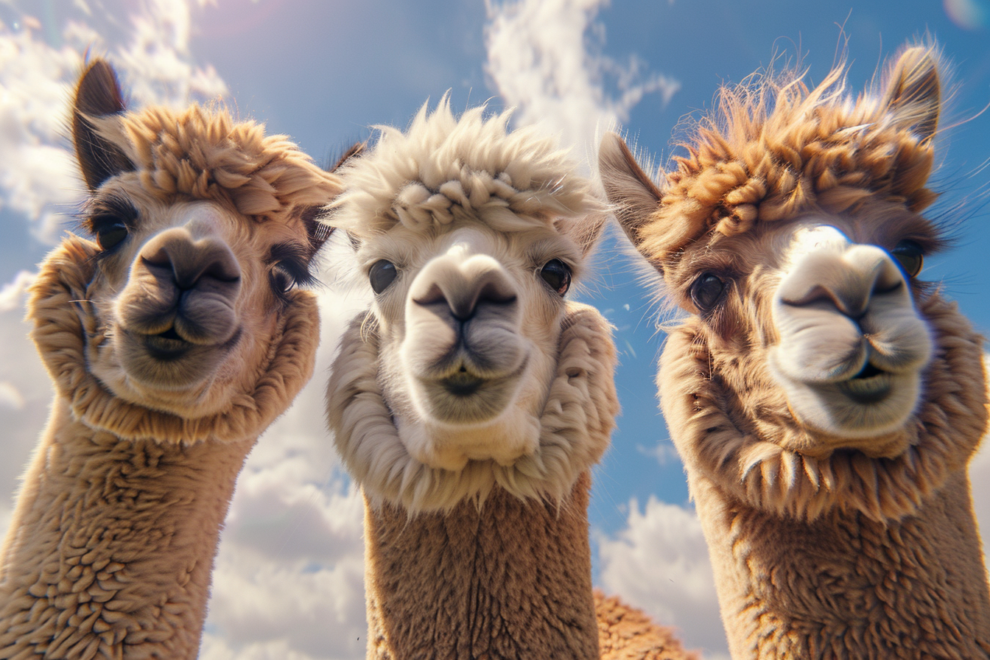You might be surprised to learn that alpacas communicate through a fascinating system of humming. Each pitch and intensity of their hums reveals different emotions and intentions.
For instance, a low-pitched, intense hum indicates distress, while a high-pitched, soft hum signals curiosity. When alpacas feel content, they hum softly with low tones.
This intricate form of vocalization helps them express a range of emotions within their herd. So analysing humming patterns can give us an insight into their social interactions and emotional states.
Types of Humming

Alpacas hum in various ways to express distress, curiosity, or contentment. When you’re around these fascinating creatures, you’ll notice their humming isn’t just random noise; it’s a complex form of communication. The pitch and intensity of their hums can tell you a lot about what an alpaca is feeling or thinking.
For instance, if an alpaca is distressed, its humming will be low-pitched and intense, almost like a worried murmur. This kind of humming often happens during social interactions when an alpaca feels threatened or anxious.
On the other hand, a high-pitched, softer hum usually indicates curiosity. You might hear this when an alpaca encounters something new or intriguing in its environment.
Contentment, however, comes with a gentle, rhythmic hum that sounds soothing and calm. It’s almost like the alpaca is singing itself a lullaby. This type of humming not only reflects their emotional state but also serves as a bonding mechanism within the herd.
Understanding these different types of humming can give you valuable insights into their social dynamics and help you better connect with these enchanting animals.
Emotional Expressions

Alpacas use humming sounds as a primary form of communication, revealing a range of emotional states. When you listen closely, you’ll notice that different pitches and tones in their hums can convey distress, curiosity, or contentment. These subtle nuances are essential for interpreting their feelings accurately.
Imagine an alpaca humming softly with a low pitch—this often indicates a state of calmness or contentment. Conversely, a higher-pitched, more urgent hum might signify distress or anxiety. By paying attention to these expressions, you can gain valuable insights into their well-being and respond appropriately to their needs.
Understanding these emotional cues also enhances their social interactions within the herd. When an alpaca hums to express curiosity or concern, it influences the behavior of other alpacas around it, creating a dynamic and responsive social environment.
Social Interactions

When you explore how alpacas interact socially, you’ll find that their communication extends beyond just emotional expressions. Alpacas rely on a rich tapestry of gestures, vocalizations, and scents to maintain harmony within their herd.
For instance, body posture can indicate various states, such as dominance or submission, impacting aggression levels and ensuring effective communication. These interactions are important for herd health, as understanding them helps in evaluating compatibility and reproductive readiness.
To paint a clearer picture, imagine an alpaca standing tall with its ears forward – this posture often signifies alertness or curiosity. Conversely, an alpaca with ears pinned back might be signaling irritation or aggression.
Vocalizations, such as humming, play a significant role in social interactions, conveying everything from contentment to distress. Moreover, alpacas use scent marking to establish territory and identify each other, which is crucial for maintaining social bonds.
Effective communication within the herd is essential for overall well-being. By recognizing these subtle cues, you can better understand alpaca behavior, ensuring a harmonious and healthy group dynamic.
This nuanced interplay of gestures, vocalizations, and scent underscores the complexity of their social interactions.










